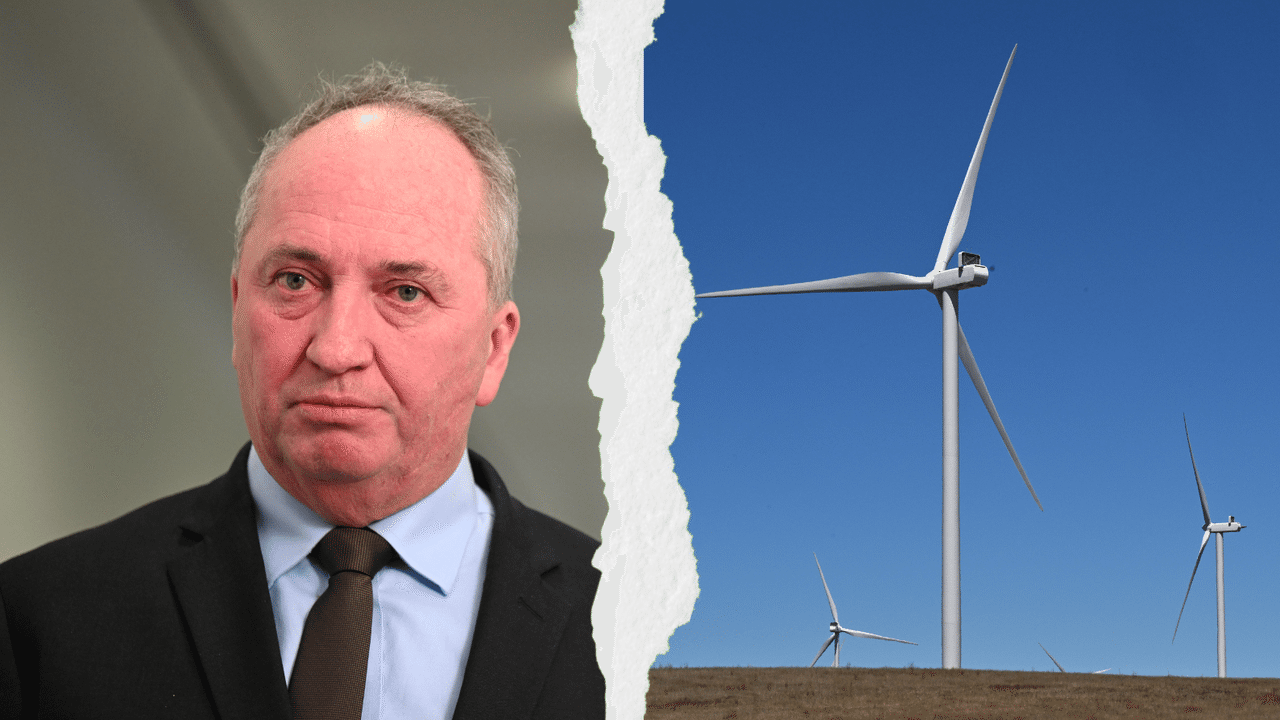
What was claimed
The Capacity Investment Scheme (CIS) underwrites companies even if they don't produce power.
Our verdict
False. The CIS subsidises renewable projects when revenues fall below a threshold, but producers must produce power to be paid.
AAP FACTCHECK - Nationals MP Barnaby Joyce is falsely claiming the Labor government's renewable energy investment scheme underwrites projects even if they don't produce electricity.
The Capacity Investment Scheme (CIS) provides government support to renewable projects, where companies are subsidised when revenue falls below an agreed threshold but pay money back to the government when revenue is high.
Experts told AAP FactCheck that projects must produce power to be paid, that only the most competitive renewable energy projects are approved for the scheme and that they must maximise revenue from energy.
Mr Joyce made the false claim during a Sky News interview on June 1, 2025, describing efforts to achieve net zero as a "swindle" and singling out the CIS.
"These multi-billionaires, domestic billionaires, and overseas multinationals get their money underwritten in the Capacity Investment Scheme even if they don't produce electricity," he said (timestamp one minute 14 seconds).
Asked for evidence, Mr Joyce's office told AAP FactCheck that statements from Treasurer Jim Chalmers, Energy Minister Chris Bowen and budget papers "may" support the claim.
"Mr Joyce stands by his claim," a spokesperson for the former deputy prime minister said.
Mr Joyce didn't specify which comments or documents supported his claim.
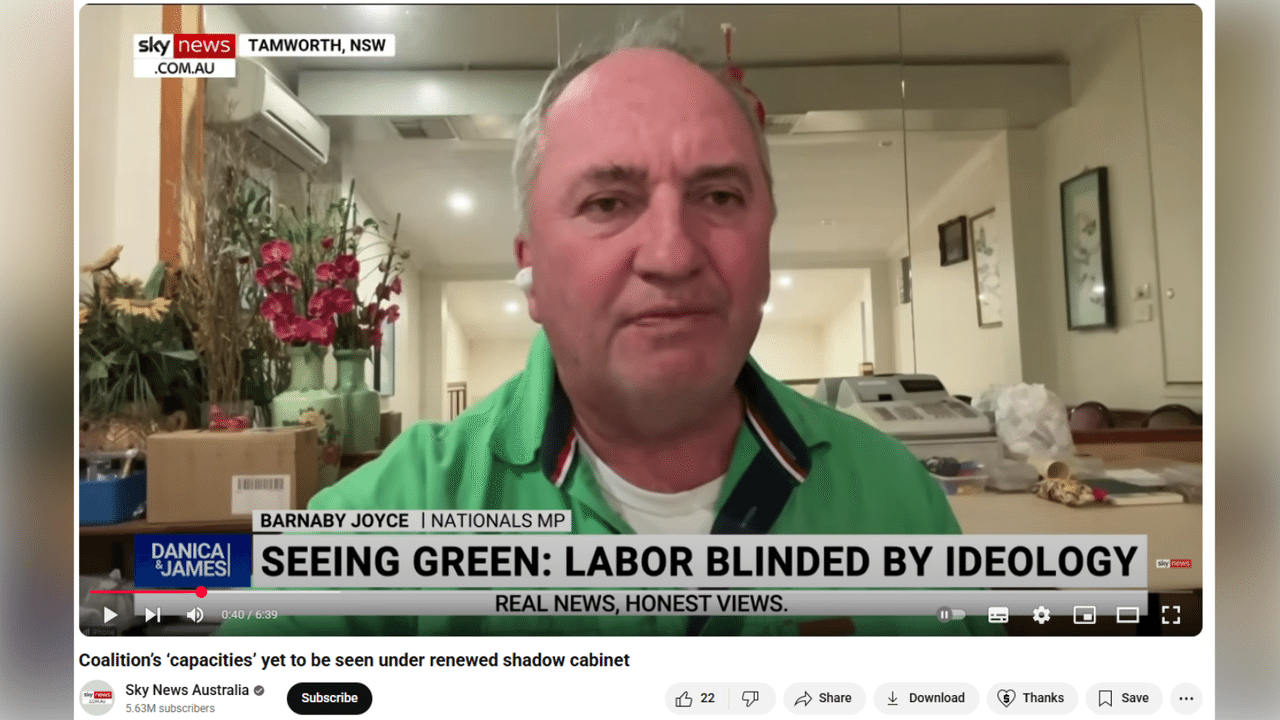
The 2023-24 budget outlined an expansion of the CIS (page 66), but didn't detail how payments are made.
In a 2024 media release, Mr Bowen unveiled the first tranche of providers supported by the expanded scheme, pointing to an independent assessment process.
Grattan Institute Energy Program director Tony Wood said the expanded scheme was designed to help achieve Australia's target of 82 per cent renewable energy across the grid by 2030.
"The intention is for the projects to deliver renewable electricity because the 82 per cent is about delivered electricity, not capacity," Mr Wood told AAP FactCheck.
In a subsequent email, Mr Joyce's office pointed AAP FactCheck to an Australian Energy Council (AEC) explainer on the policy.
The article suggests one downside of the CIS is that projects producing less power than expected will require higher payouts and share greater "volume risk" with taxpayers.
An AEC spokesperson told AAP FactCheck the CIS guarantees projects' maximum and minimum revenues for electricity generation.
"Projects have to produce energy to be paid," the spokesperson said. "Projects that do not generate energy that is dispatchable are not eligible."
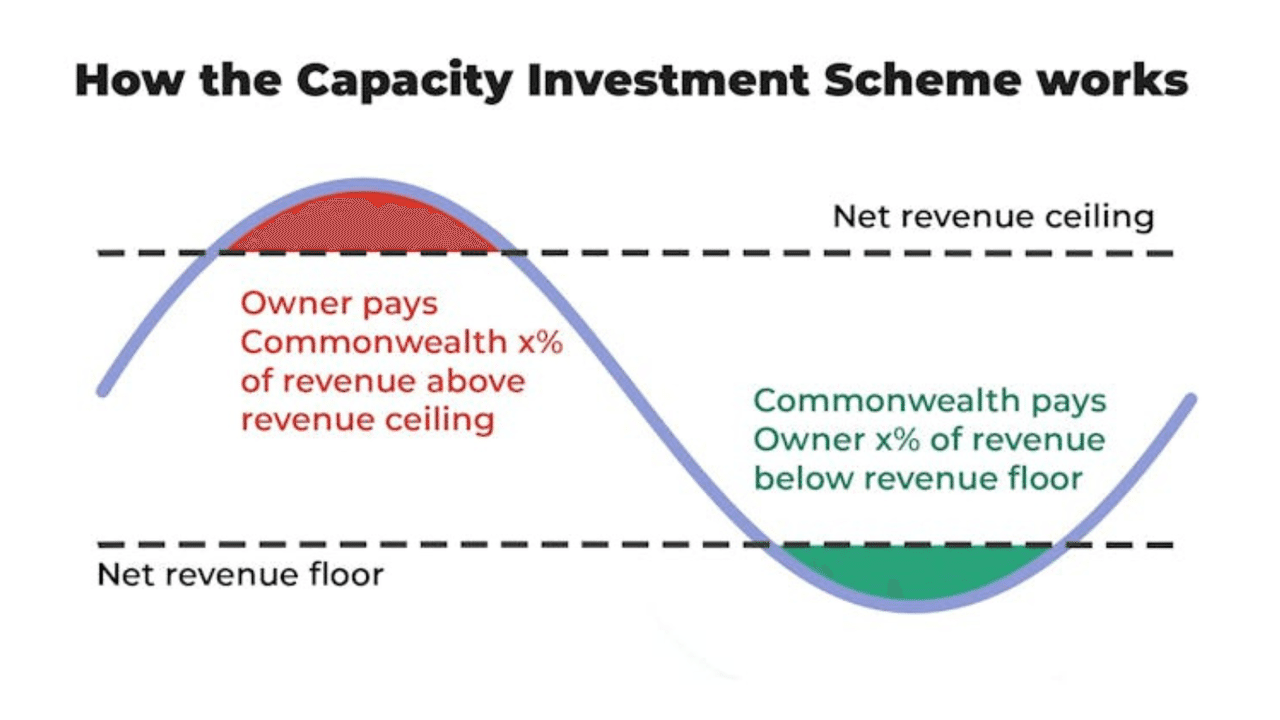
Under the scheme, renewable energy generators and the government agree on a minimum price per megawatt hour of electricity dispatched to the grid by a project.
The generator then reports its revenue across a quarter. If that quarterly revenue from electricity dispatched falls below what it would have earned at the agreed price, the revenue floor, then the government compensates the generator for around 90 per cent of that shortfall.
Both the revenue floor and the actual revenue are based on the quantity of power sent into the grid, meaning projects are only paid in relation to power they've actually generated.
A ceiling price per megawatt hour is also agreed on. If the quarterly revenue exceeds a revenue ceiling based on that price, then the generator is obliged to pay the government 50 per cent of the excess.
Victoria University energy economist Bruce Mountain said Mr Joyce's claim is inaccurate.
"This is pretty straightforward. It is not correct to say that recipients are paid even if they don’t produce," Professor Mountain told AAP FactCheck. "Of course not all generators produce all the time."
Roger Dargaville, a renewable energy researcher at Monash University, said the scheme helps manage risks for renewable energy investors by underwriting competitive projects.
He said the CIS is "not a charity for renewables" and only the best projects receive support under the tender process, with requirements on companies to produce electricity at their "maximum ability".
"It will help guarantee revenue for a new wind or solar farm," Associate Professor Dargaville said, "so that if the average wholesale price is lower than expected, they will be compensated.
"On the flip side, if the wholesale price is much higher than expected, then the new generator will be required to share some of that additional profit with the government."
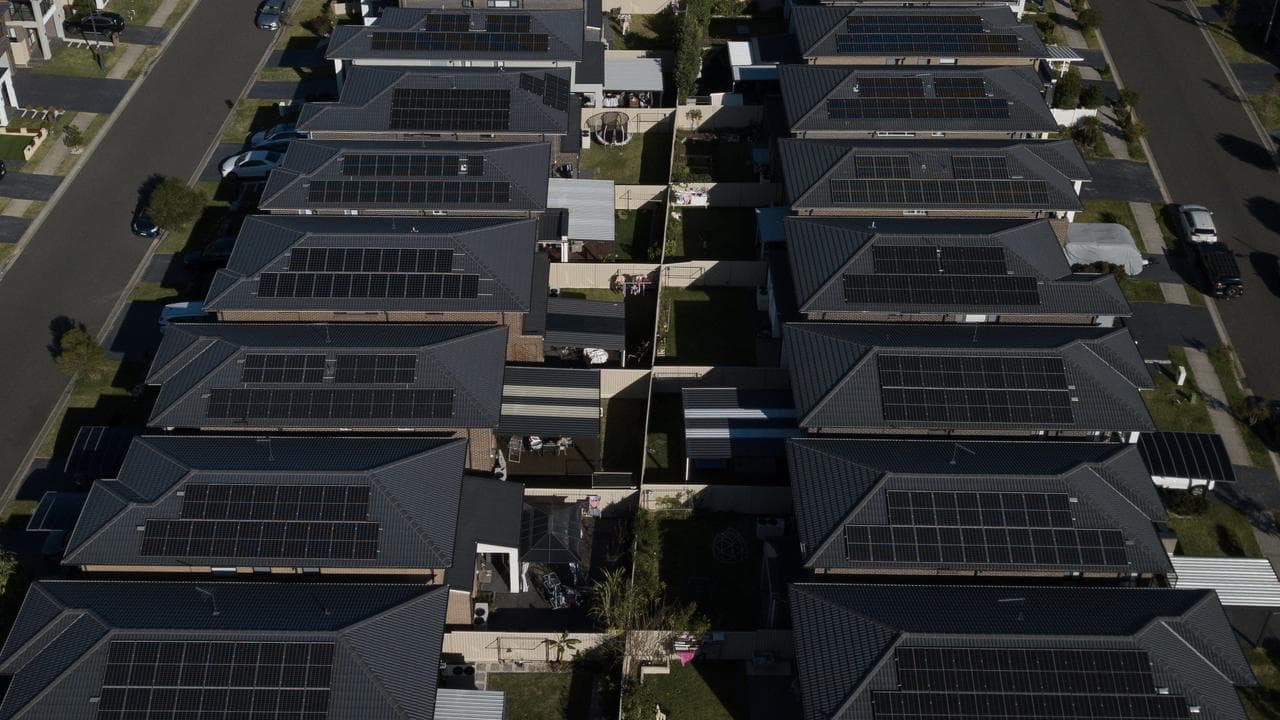
Agreements published by the Australian Energy Market Operator (AEMO) - which administers the program - oblige participating companies to export power to the grid (p52).
Companies must take reasonable steps to maximise the electricity they send into the grid when prices are above zero and maximise revenues from the project each quarter.
Wholesale electricity prices can fall into negative territory when there's an oversupply of energy in the grid, such as in the middle of a sunny day when solar generation picks up, creating a situation whereby generators can pay to ensure their electricity is dispatched.
When prices go negative, producers aren't required to maximise energy sent to the grid.
A government explainer says negative wholesale prices are excluded from revenue calculations that underpin payments to providers under the scheme (p3).
This means energy dispatched at negative prices is deemed to be priced at zero; a feature of the policy the AEMO says mitigates the risk of "uneconomic dispatch" of power.
The explainer says that because projects are still exposed to negative prices, this encourages them to establish contracts with energy retailers, which can protect them against price volatility and improve their financial position.
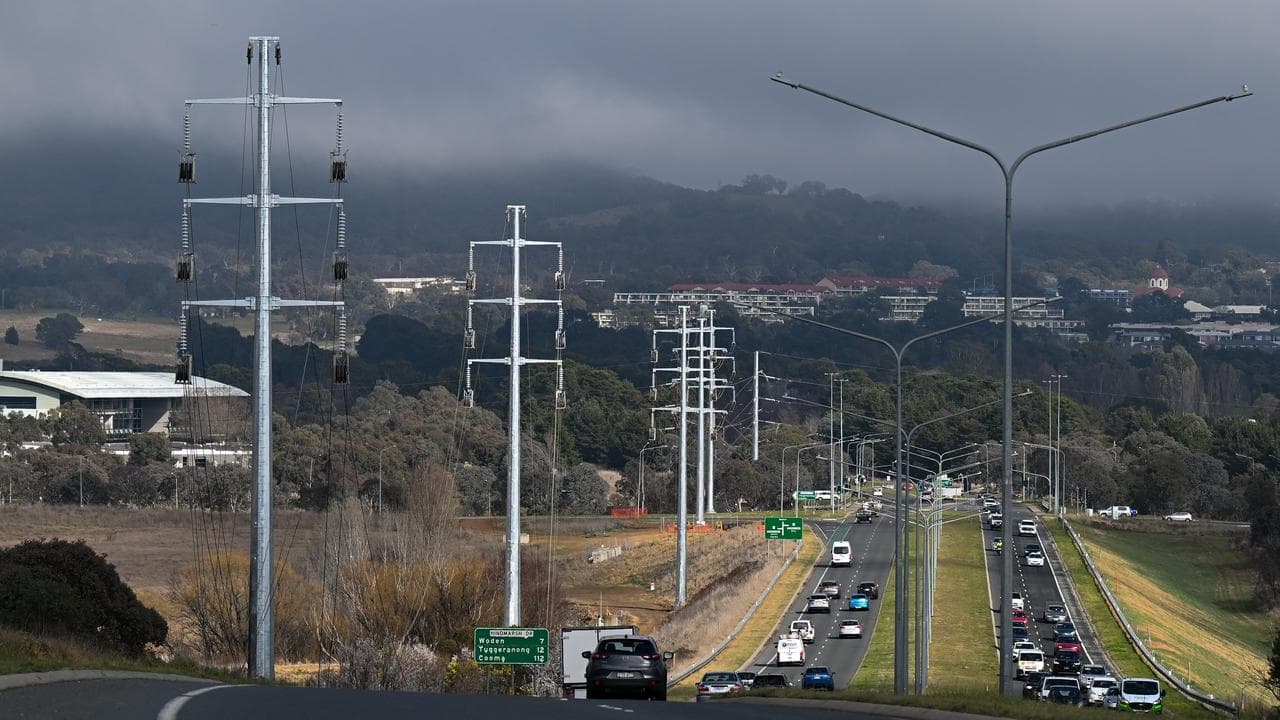
Mr Wood said wholesale energy prices can be volatile and fluctuate between negative prices at the bottom end and higher prices when generation is lower, such as at night.
"As consumers, we tend to see the average and fortunately do not have to deal with the volatile prices," Mr Wood said.
"If the government has a contract with CIS projects that pays them based on market prices, we do not want to encourage them via those contracts (i.e. out of the wholesale market) to have an incentive to supply when the market price is already negative."
Assoc Prof Dargaville said projects supported by the CIS will respond to negative price events differently depending on contracts with energy retailers and exposure to the spot market (where assets are traded for immediate payment and delivery, unlike futures markets).
He said a significant portion of projects participating in the CIS maintain dispatchable capacity such as batteries that allow energy to be stored until prices become economical.
"[A] plant under the CIS would never have incentive to withhold their capacity," Assoc Prof Dargaville said.
AAP FactCheck is an accredited member of the International Fact-Checking Network. To keep up with our latest fact checks, follow us on Facebook, Instagram, Threads, X, BlueSky, TikTok and YouTube.




